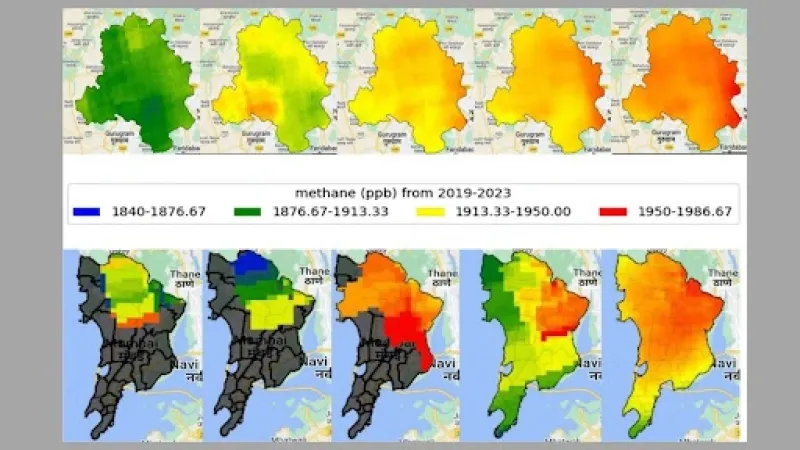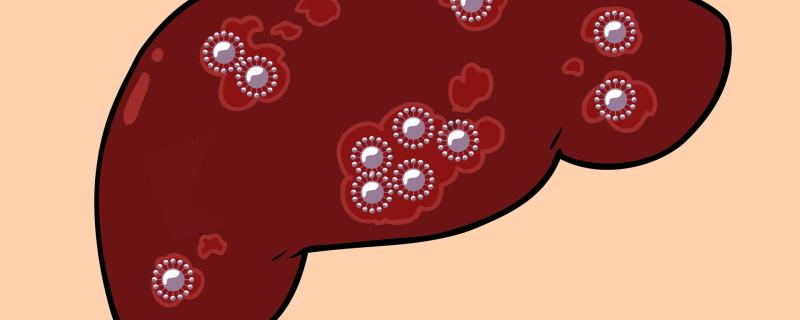Hepatitis C Virus (HCV) affects 6-11 million people in India. Chronic HCV infection is the leading cause for liver-related deaths worldwide. In India, HCV infection was estimated to be responsible for 59,000 deaths in the year 2015. Moreover, untreated HCV infection could also lead to substantial economic burden.
पूर्व के कुछ वर्षों में दिल्ली एवं मुंबई के वातावरण में मीथेन के स्तर में वृद्धि इंगित करता छायाचित्र।
श्रेय: अध्ययन लेखक









